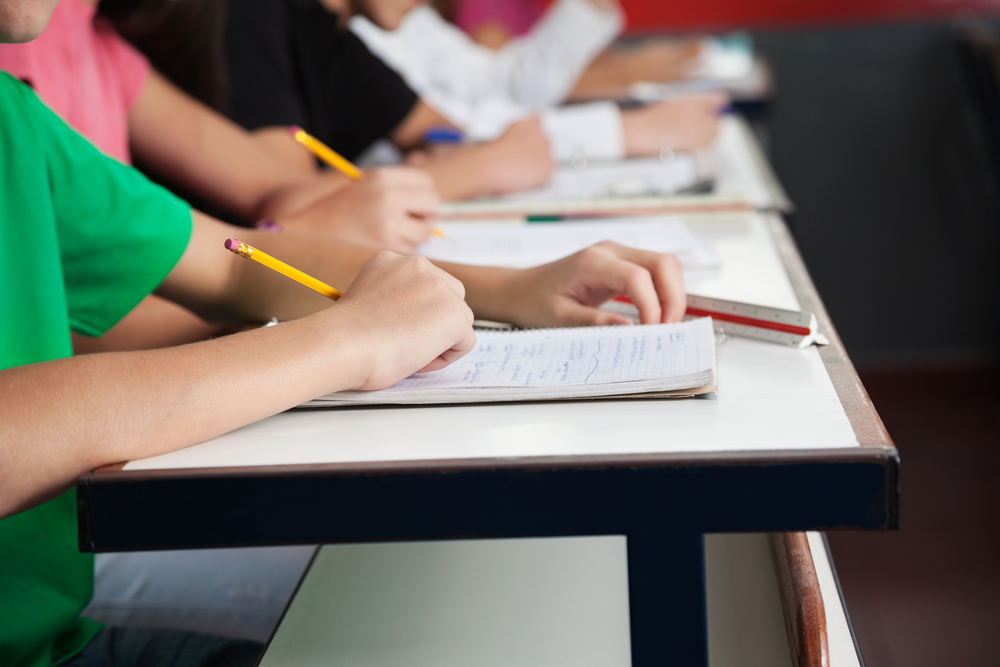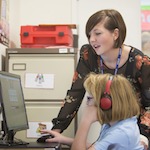
The election is over. With the Conservatives once again in power, the world of education is now braced for the raft of election pledges made education policy. As to exactly how and when, we’ll have to see, but it will be a mark of the government’s immediate intentions if it follows through on it’s promise to have those non-SEN year 6 pupils who fail to make the grade in their KS2 Standard Assessment Tasks (SATs) re-sit ‘a slimmed down version’ of the tests in Year 7 – perhaps twice.
At the moment, according to government figures, of the 100,000 primary school pupils that fail to achieve the expected pass - Level 4 - in their KS2 SATs, just 7% go on to achieve five good GCSEs. Compare this to the 70% plus that, having achieved expected levels at the end of primary school, go on to fulfill their academic potential as 16 year olds. The government’s logic might be:
“If they’ve been failed once, then let’s ensure that they’re not a second time. By retesting in Year 7 we give them a second chance, and in doing so change their futures for the better.” Case closed.
Only, nothing’s ever so easy – or indeed right. A quick look at the OECD‘s 5 PISA surveys since 2000 show that the performance of British 15 year olds has fallen – over exactly the same period that we have increased tracking and testing our children.
All the more reason, the Department of Education might say, for getting those scores up. Of course, there are many ways to skin the statistical cat, and PISA surveys are neither perfect nor immune to countries working the system to their advantage. A recent piece of research by the Sutton Trust concludes that we – the government, educators, countries - oughtn’t ‘to leap to conclusions based on apparent ranking in league tables’, finding that it’s ‘messages are decidedly mixed’; that the ‘scores arise in many different ways, with … the schools playing only a small part’ and that PISA data needs to be ‘interpreted cautiously and sensitively.’
Advice that anyone with any experience in KS2 teaching, and in particular Upper Juniors, will no doubt agree. Try as we might to follow a range of regular and creative curricula, the final measure as to whether a primary school has failed or succeeded its children is its SATs scores – as measured against those of other schools. The influence of SATs league tables are such that not only do they effect the well-being of individual schools, but so too the area – the communities, the bricks-and-mortar value - in which those schools operate. Strong indeed is a school that does not sweat the task of teaching its children how to pass the test.
Meaning, laying bones bare, and despite best intentions:
- Seeding SATs orientated skills and tasks in years 3 and 4.
- Using year 5 as a testing ground for the test
- The final ramp-up in year 6, the narrative arc invariably being two terms of – covert or overt, depending on the school - SATs training, a week of tests, exam halls or classrooms rammed full of assisting adults, marginal children the absolute priority, the rest of the year one long classroom-based party, all those seemingly vital and incessantly practiced maths and literacy tasks a distant memory.
Welcome to the world of the government sponsored hothouse.
A cynical reading admittedly, and not meant as a slight on our primary schools, which are placed in the impossible position of playing a game they dislike but cannot afford to ignore. Even so, if at all useful, then the real test of the SATs value ought to be found at secondary school. Government stats would have us believe that they are our measure par excellence, and trace their effectiveness, as shown, to GCSE and beyond. If true, secondary schools would take them at face value, pretty much ignore teacher assessment, and rank children accordingly.
Experience, of course, has shown that to do so ends with children placed in classes that on paper would seem to meet their abilities, but are actually a stretch too far. Thus is it that secondary schools have developed their own ways of reassessing their year 7s, informally and formally, all which take into unspoken account the fact that KS2 SATs results are, in the case of many of those marginals, one or two notches above what they should be.
Fortunately, there are - or should be - in place in secondary schools programmes for raising the attainment of these very children, specifically funded by the ring-fenced Year 7 Catch Up Premium. Add to this the fact that disadvantaged low attaining children will – or can - further benefit from Pupil Premium. In short, assessments aside, the will’s there, the money’s available: though clearly stretched, schools will be making provision for highly targetted learning experiences designed to help those 100,000 odd year 7s to achieve their potential.
So – is the government’s pledge to retest the 100,000 children who haven’t made the grade almost pointless? Indeed, if as something powerfully well meaning as the PISA surveys require careful handling, and if the results of our children’s first set of externally examined SATs are treated with equal care by the very institutions they are supposed to aid, it’s difficult to know what use the extra proposed tests would be, besides providing us with yet another set of metrics with which to prove whatever question is asked of them. Rather than reassess the already over-assessed, much better, surely, to ensure, as so many schools do, that the money is spent on intervention programmes that do what they say they do: raise attainment among low attaining 11 and 12 year olds – and trust our teachers to let us know how it’s going.








